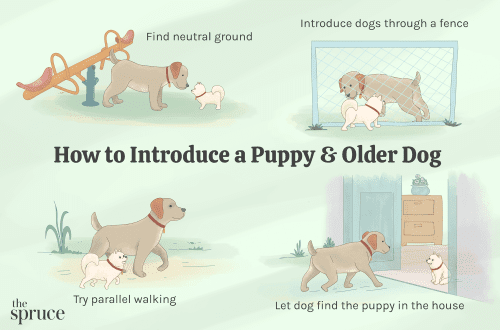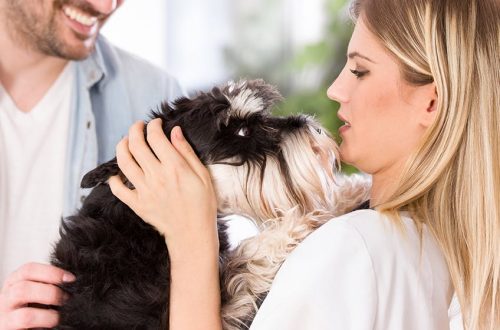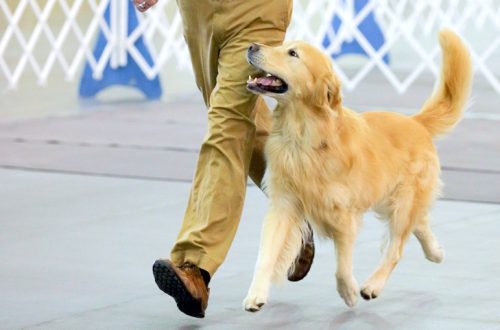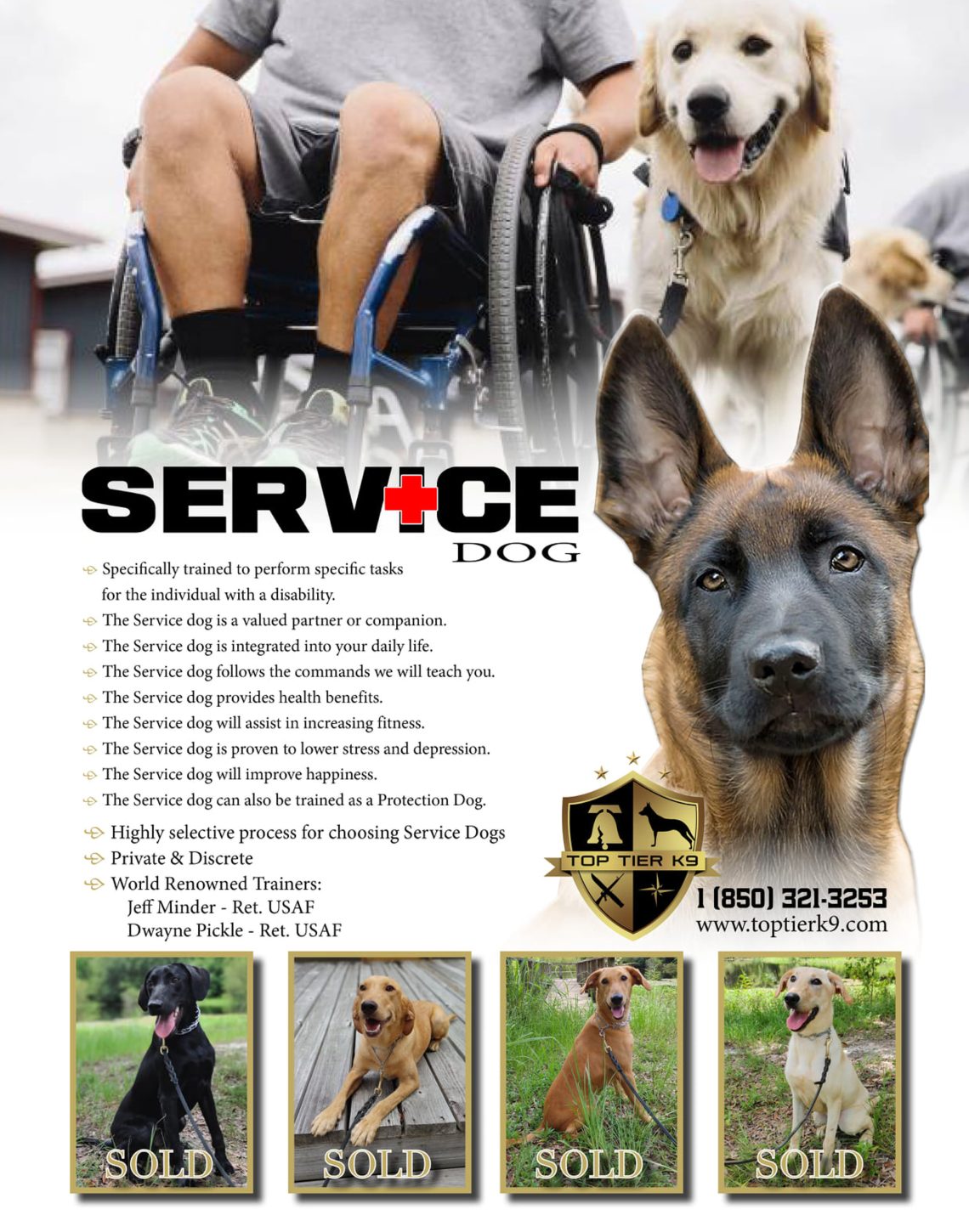
Protective guard service of dogs
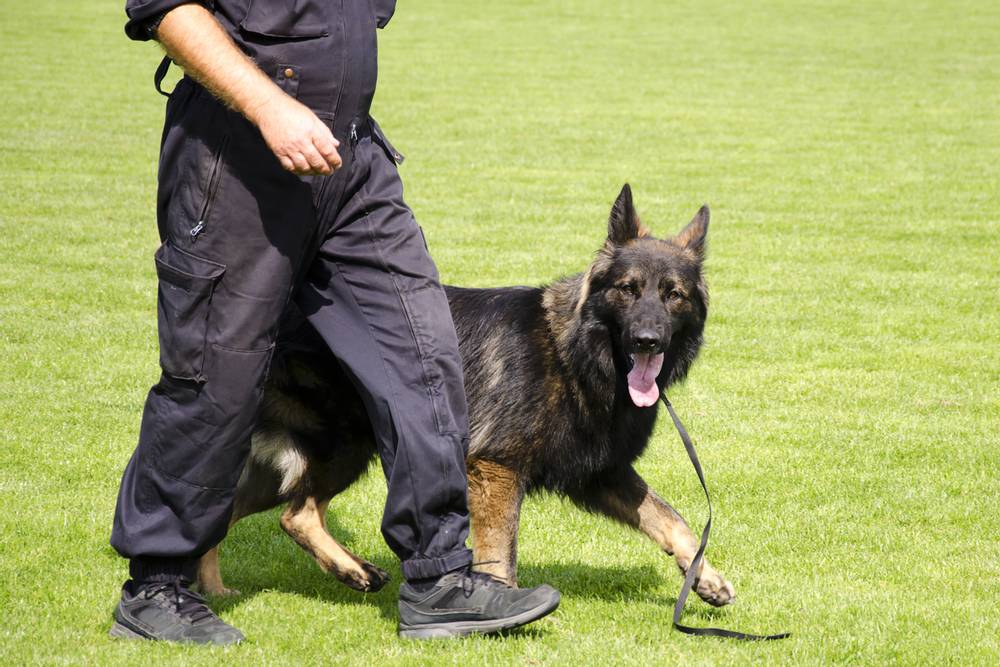
ZKS for dogs originated in the XX century in the Soviet Union. It showed its effectiveness in the training of service dogs, and soon the passing of the norms of the Basic Cynological Training and the Protective Guard Service became a prerequisite for breeding service dogs. Over time, amateur dog breeders became interested in this training system.
Guard duty skills
The training course includes the following exercises:
A selection of things. With the help of this exercise, the dog learns to identify objects belonging to a particular person. This skill develops the sense of smell.
Six items are taken – usually small sticks. The handler then takes two of them and rubs them carefully with his hands to leave his scent. Five sticks are laid out in front of the dog, one of which the trainer just rubbed with his hands. The task of the dog is to sniff the sixth stick and find the stick with the same smell among the five laid out in front of it. To do this, at the beginning of the exercise, the trainer takes the dog to the sixth stick, commands “Sniff”, then takes it to the rest of the sticks and commands “Search”. When the dog has made a choice, he must take it in his teeth.
Protect the item. During this exercise, the dog learns to master the skill of guarding objects left by the owner.
The owner leaves the dog to guard any item. He says “Lie down”, and then, after giving the command to guard the trusted item, leaves. Moving away by 10 meters, the trainer becomes so that the dog does not see him. Now she needs to follow the object herself – it is forbidden to give any commands.
After the trainer leaves, a person passes in front of the dog, to whom it should not react. He is trying to take the item. During this task, the dog must not leave the object, carry it, allow the person to take this object, and also must not pay attention to passers-by.
Detention. During this exercise, the dog learns the skills of detaining a person who is showing aggression towards the owner and his family, as well as protecting the house in case of illegal entry.
This is a complex task, it includes several parts: – Detention of the “violator”; – His escort and the subsequent attempt of the “violator” on the trainer, during which the dog must protect the owner; – Search of the “violator”; – Escorting the “violator” to the courtroom.
Search of the territory. This task teaches the dog to find both various objects and people in a certain area.
This exercise is performed on rough terrain, where it is possible to disguise objects and a person well. Usually an assistant is involved in it, he hides three things that the pet is not familiar with, and then hides himself. The exercise should be performed by the dog at a vigorous pace, in a zigzag pattern. She must find and bring to the trainer all the hidden objects, and then find and hold the assistant. This must be done in less than 10 minutes, then the exercise is considered completed.
What are the benefits of training ZKS dogs?
A guard trained dog will become not only your true friend, but also a protector who can save your life, because he will know how to behave in emergency situations.
If you live in a country house, such an assistant is a real necessity. With it, you can always be sure of the safety of your property.
Where to start?
In professional dog breeding, ZKS train mainly dogs of service breeds. But in ordinary life, such activities are suitable for pets of almost any breed, with the exception of very small ones and breeds with a weak nervous system. Kind-hearted dogs can also be difficult to train.
To pass the course of protective guard duty, the animal must:
Be at least one year old;
Have physical health;
Pass the standard for the General course of training.
Protective guard service is a rather complicated type of training, so it is important that the specialist involved in training has sufficient qualifications and experience. Otherwise, improper training will lead to excessive aggression or shyness.
March 26 2018
Updated: 29 March 2018



